Another RAK5205 test unit evaluated over last 24hrs got down even lower:
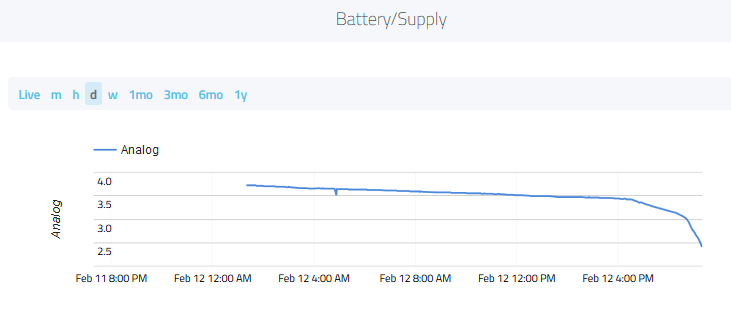
This time down to 2.41V as measured by the device! eeek!
Another RAK5205 test unit evaluated over last 24hrs got down even lower:

This time down to 2.41V as measured by the device! eeek!
what I find strange in that chart is, that it seems that the battery protection doesn’t kick in at a certain level.
a while back I had a similair situation, I removed the battery plastic So I see the small protection board, desolder it and connect some wires to it, so I could test with a lab power supply to see at what level it actually switches off.
aaaaargh… it never did 
That’s what I was wondering…a test for when more time available I think. What would you expect as safe op limit? I’ve seen/heard 2.7v called out on occasion. Will be testing the 800mA version from today so interesting to see if similar…
2.7 in general is the absolute minimum before starting doing real damage to the battery.
So in your software you can anticipate and ‘do something’ when level is under 3 v
Am thinking to add a (deep?) sleep fn when system detects <=2.85v, with last gasp message 1st that sets a flag for alarming on final dashboard so user knows to go charge…in sleep mode the .15v headroom then allowing plenty of time for user reaction before onset of damage. Reality is initial use cases have the user recharging/topping up every 24-60hrs anyhow, with final version having option of charge over wirelessQi pad as well as more invasive usb option 
there’s one catch… measure after a transmission because if you do before, and it meassures 2.86 v for example… then during the transmission the current draw increases and therefore the voltage drops.
when it drops enough, the brownout from the processor kicks in and reboot the module (with sometimes problems re connecting)
because the processor reboots, the current draw will be lower again and the modul enters in a ‘death spiral’ booting/rebooting/rebooting ect.
so don’t set your trigger to sharp
Before I do anything drastic I will investigate the accuracy of the measurement as looking at logged data in the hour or two before drop out there appear to be no lost packets e.g. Through such brown out, and so suspect actual level slightly higher than indicated 
Interestingly I had run checks on another battery from the same lot and just checked it…it died an hours or so ago but at a much safer/realistic 2.74v!
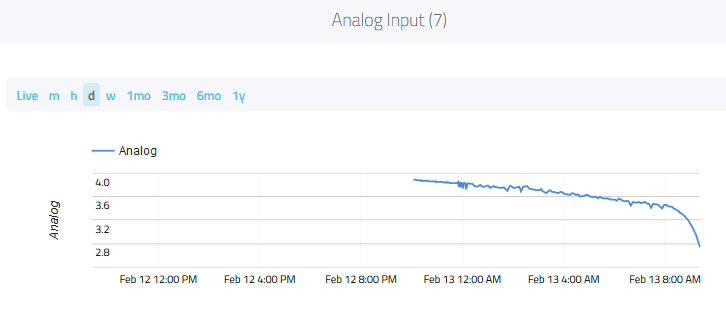
The difference this time?..I used it with the original V1 version of the RAK811 Tracker/Sensor board!  Is it board differences?..need to pull both schematics and investigate further…as a test I had it running same RAK5205 demo code - not equipped with a BME680 but has same config of accellerometer & GPS chips & of course same RAK811 module…
Is it board differences?..need to pull both schematics and investigate further…as a test I had it running same RAK5205 demo code - not equipped with a BME680 but has same config of accellerometer & GPS chips & of course same RAK811 module…
I also needed a ‘special’ size powerfull LiPo to fit in an existing enclosure for mobile (RPI) use.
This one arrived just now … packaging is 100% better these days 
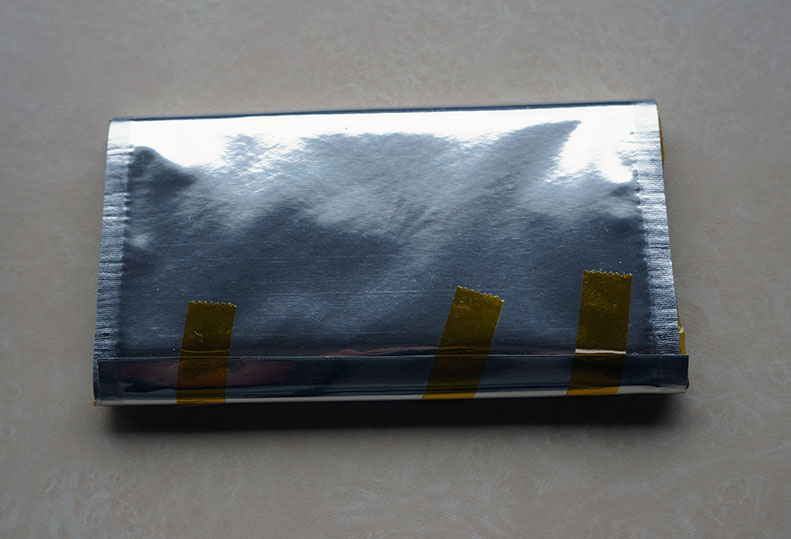
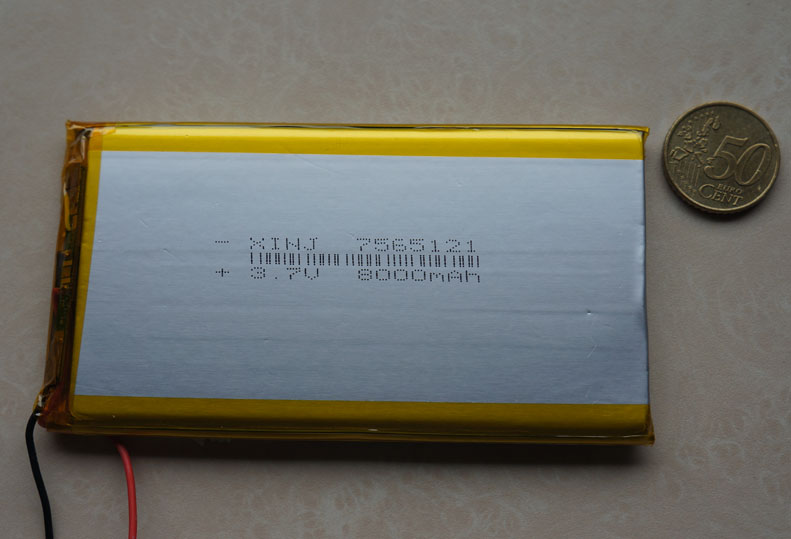
Am using a full market 10,000mAh battery in Ally casing as back upo for some of my GW’s…this one looks like it woudl do for building into the base of some of my Owl GW prototypes  Will hit ebay/amzn to look for equivalents…how thick is it?
Will hit ebay/amzn to look for equivalents…how thick is it?
see link 
Here’s my drone that goes with those batteries 
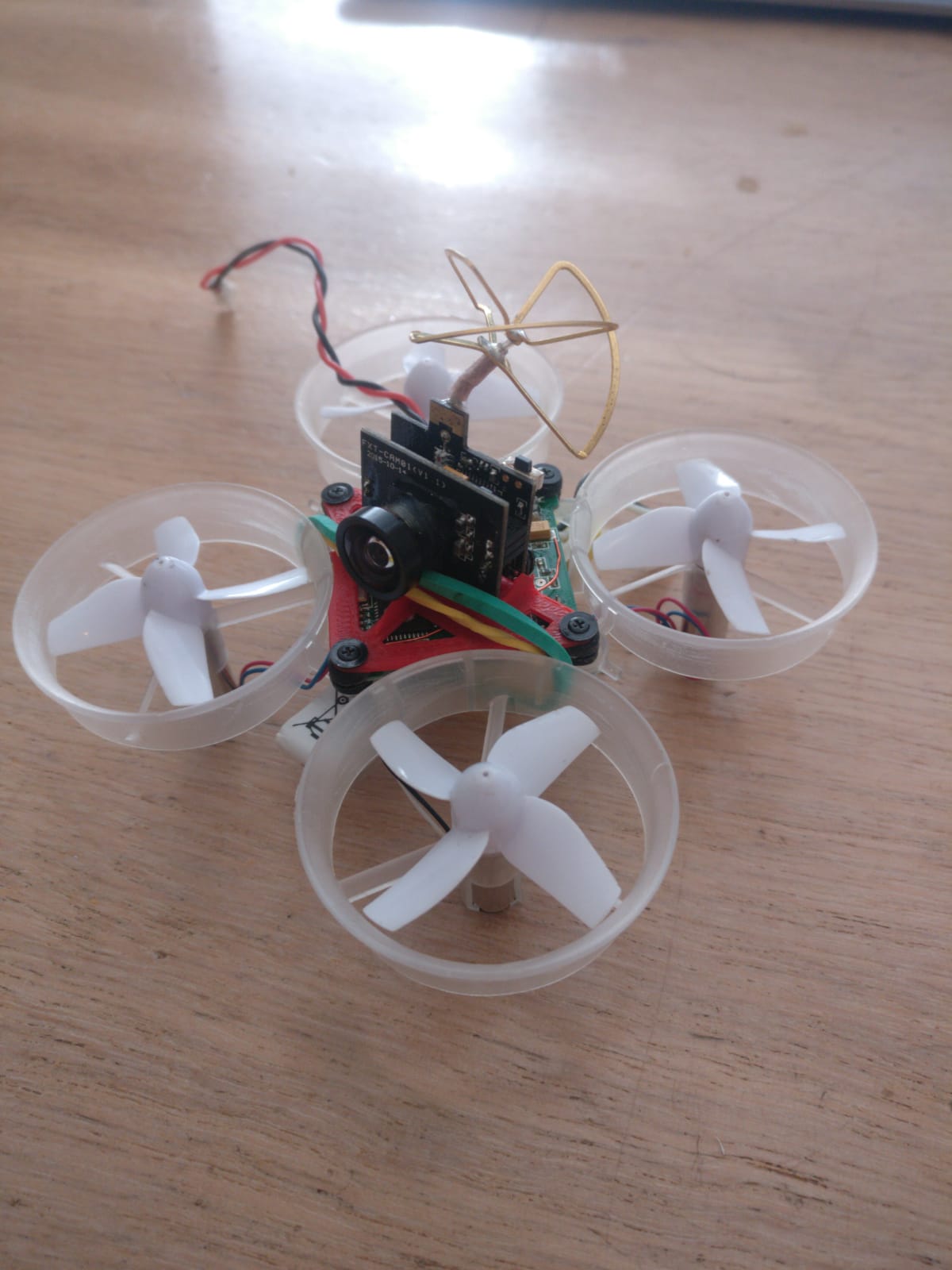
nice… now I understand you need very small batteries
they did some tests controlling a drone over LoRaWAN but the latency was to high
Like the clover leaf antenna!  BT/BLE/Proprietary?..or LoRaWAN tracker/mapper on board?!
BT/BLE/Proprietary?..or LoRaWAN tracker/mapper on board?! 
It is also why I convinced myself that I needed a 3d printer.
There is actually a lot of overlap between iot/ttn, drones, planes and general nerdism.
@Jeff-UK The clover leaf is for analogue video in the race band. Not that I can go that fast without constantly crashing but still 
https://www.frahmgoods.com/index.php?main_page=product_info&products_id=541419
Crashing?..  perhaps explains the bent Ant!
perhaps explains the bent Ant! 
I wonder if it can pick up LoRa from orbit?!

and the failed ‘commercial’ version 
The TBS Crossfire ( https://www.team-blacksheep.com/products/prod:crossfire_tx ) is using Lora modulation with very good result.
ah ok… maybe because that’s lora point-point … and RF power from 10mW to 2W (local restrictions apply) 
problem is that all governements and homeland security forces are buying drone jammers that unfortunately jam these frequencies as well among with a whole spectrum up till 6 Ghz